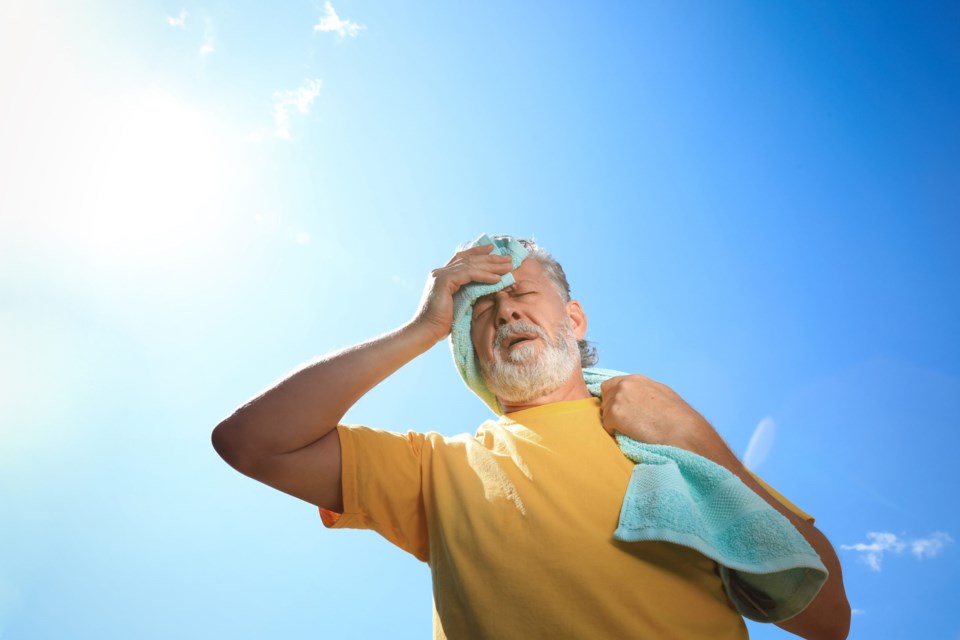A new report from the New York City Health Department describes the toll that heat takes on the lives of New Yorkers.
The report shows that on average each year, there are about 350 heat-related deaths, most of these are heat-exacerbated deaths, which happen when heat worsens existing health conditions such as heart disease, according to a news release.
There are an average of seven heat stress deaths per year caused directly by heat. Heat-exacerbated deaths declined substantially between 1971 and 2000 and plateaued after 2000, but increased in the past decade as NYC’s climate has warmed. In recent years, deaths have plateaued.
“Climate change is making our summers hotter and more deadly,” said Health Commissioner Dr. Ashwin Vasan. “The risks to our planet present risks to our health, in part, because heat is the deadliest of all extreme weather events in the United States and in New York City. As a city we are stepping up our work to keep New Yorkers safe during these events. And the things we do to promote sustainability as a city, a country and as individuals can be lifesaving.”
The report found that deaths were more likely to occur at home, underscoring the importance of access to cooling at home. Heat stress deaths and heat-exacerbated deaths also continue to inequitably affect Black New Yorkers, reflecting the impacts of structural racism, which creates economic, educational, health care, housing, and other systems that systematically disadvantage Black New Yorkers.
About a third, or approximately 100, heat-exacerbated deaths are attributable to the most extreme heat days. The rest occurred on non-extreme hot days, or days with temperature below the heat advisory threshold but above 82°F. These hot, but not extreme, days are also dangerous. The number of these hot days has increased over the past decade more quickly than extreme heat days. Over the same time period, home air conditioning rates remained steady after having increased over the previous decades, as shown in last year’s report. Without AC, indoor temperatures can be much higher than outdoors, especially at night, and can continue for days after a heat wave.
“Extreme heat, which is becoming more frequent in Northern cities due to climate change, is an issue of public health, environmental justice, and economic inequality,” said Elijah M. Hutchinson, Executive Director of the Mayor’s Office of Climate & Environmental Justice. “With our bold initiatives to mitigate extreme heat – like planting trees in heat-vulnerable areas, developing a maximum indoor temperature, and working to reform the Home Energy Assistance Program – we envision a future without heat deaths and utility costs are not a barrier to cooling.”
Through state and federal subsidy programs, such as the Home Energy Assistance Program (HEAP), eligible New Yorkers can obtain free air conditioners, including installation, through HEAP. More information on who is eligible and how to apply can be found online or by calling 311 and asking about the cooling assistance benefit. Visit the newly revamped Cool Options Map to easily locate information on ‘cool options,’ including libraries, malls and museums that offer air-conditioned spaces to escape the heat, as well as Cooling Center locations during heat emergencies.




